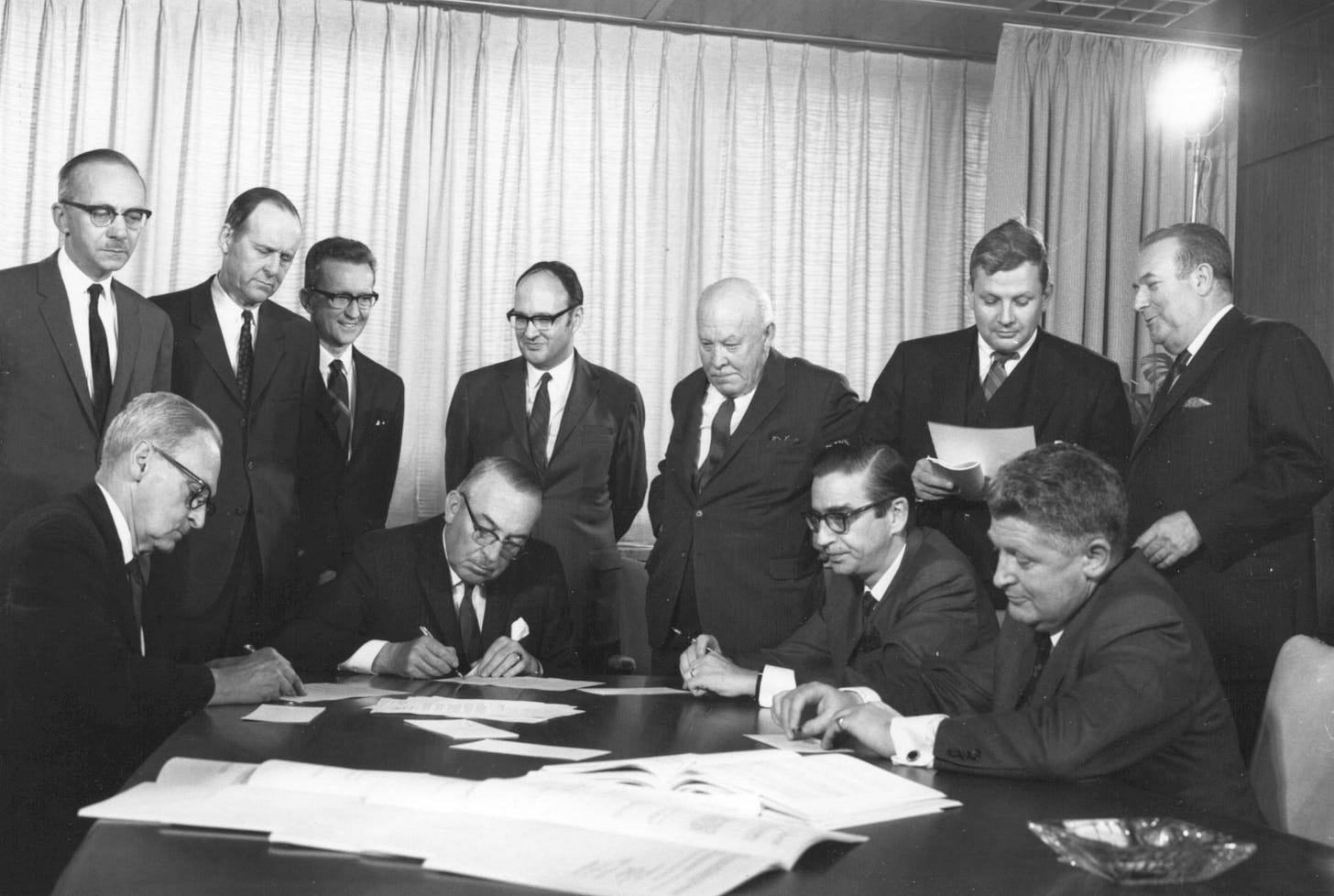
Everyone says they want a better deal on Churchill Falls the next time, but no one knows what that looks like.
Not surprising given that most people have no idea what’s going on today and has been the case since 1975.
Let’s fix that. Here’s a si…
Keep reading with a 7-day free trial
Subscribe to Bond Papers to keep reading this post and get 7 days of free access to the full post archives.



